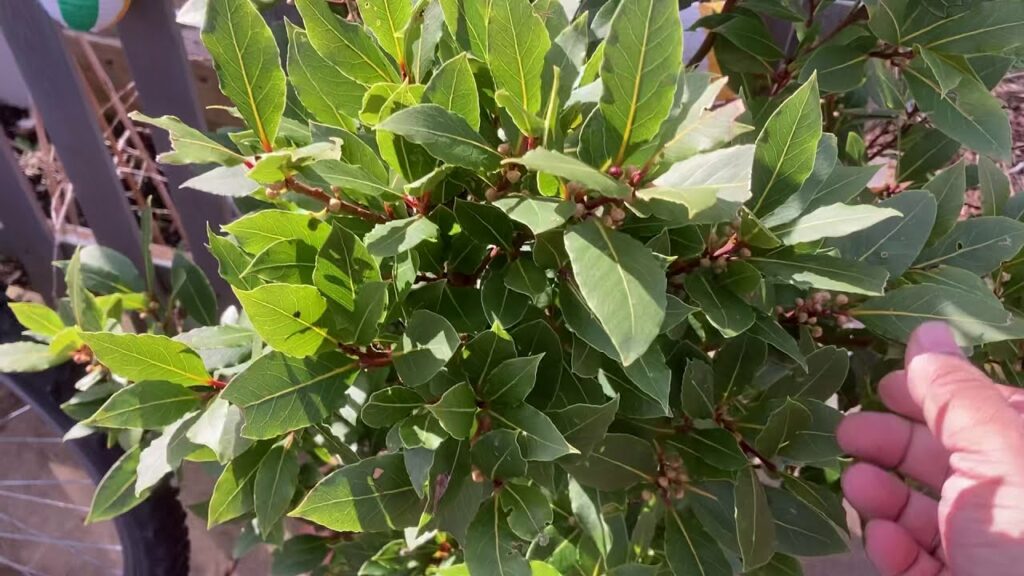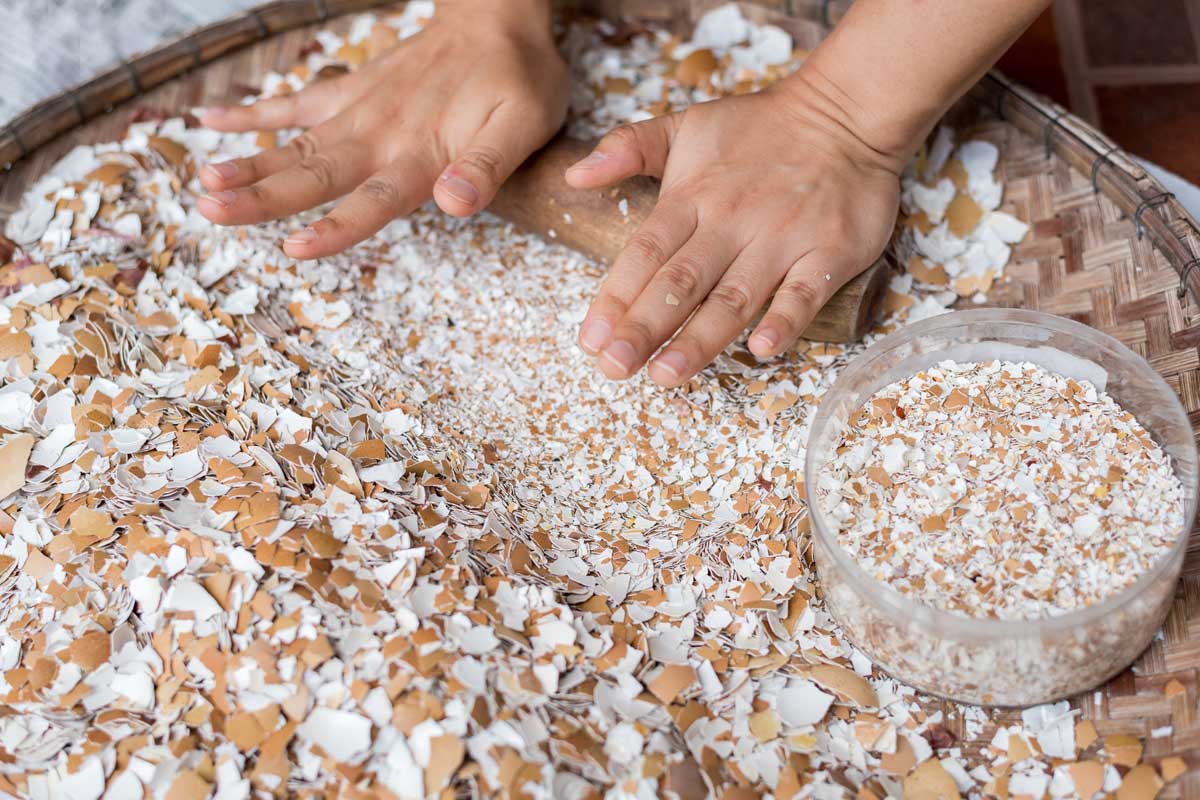
Growing a bay leaf tree (Laurus nobilis) in your garden is not only practical but also adds a touch of aromatic charm to your outdoor space. Bay leaves are widely celebrated in culinary traditions around the world for their flavor-enhancing properties, and having your own tree provides a fresh supply right at your fingertips. Here’s how you can successfully cultivate and care for a bay leaf tree, bringing a bit of the Mediterranean to your garden.
Choosing the Right Spot
1. Sunlight Needs: Bay leaf trees thrive in full sun to partial shade. An ideal spot will receive at least six hours of direct sunlight daily. If you live in a particularly hot climate, some afternoon shade will help protect the tree from excessive heat.
2. Soil Requirements: Well-draining soil is crucial for bay leaf trees, as they do not tolerate standing water. Aim for a soil pH between 6 and 7. If your garden soil is heavy clay, consider planting in a raised bed or container to improve drainage.
Planting Your Bay Leaf Tree
1. Best Time to Plant: The optimal time for planting a bay leaf tree is in the spring or fall. Cooler temperatures will help the tree establish roots without the stress of extreme heat.
2. Planting Process:
-
Dig a hole as deep and twice as wide as the root ball of your bay leaf tree.
-
Mix some compost or aged manure into the removed soil to add nutrients.
-
Place the tree in the hole, ensuring it’s standing straight. Fill the hole with the amended soil and press firmly.
-
Water the tree generously after planting to settle the soil around the roots.
Ongoing Care and Tips
1. Watering: Bay leaf trees require regular watering, especially during dry spells. However, be careful not to overwater, as the roots are prone to rot in soggy soil. Once established, bay leaf trees are relatively drought-tolerant.
2. Pruning: Prune your bay leaf tree in the late winter or early spring to maintain its shape and promote healthy growth. Bay leaf trees can be shaped into a formal topiary or left to grow naturally.
3. Pest Management: Bay leaf trees are generally hardy but can occasionally be susceptible to scale and bay sucker pests. Inspect your tree regularly and treat infestations early with horticultural oil or insecticidal soap.
4. Fertilizing: Feed your bay leaf tree with a balanced, slow-release fertilizer in the spring. This will support new growth and overall health.
Enjoying Your Bay Leaves
Once your bay leaf tree is established, you can start harvesting leaves. Always pick the older leaves, as they are more flavorful. Leaves can be used fresh or dried for later use, adding a gourmet touch to soups, stews, and sauces.
Conclusion
Growing a bay leaf tree is a rewarding endeavor that enhances your garden with beauty and practicality. With the right care, this evergreen can provide you with fresh bay leaves to elevate your cooking for many years. Whether you are an avid gardener or a culinary enthusiast, a bay leaf tree is a delightful addition to any outdoor space.





